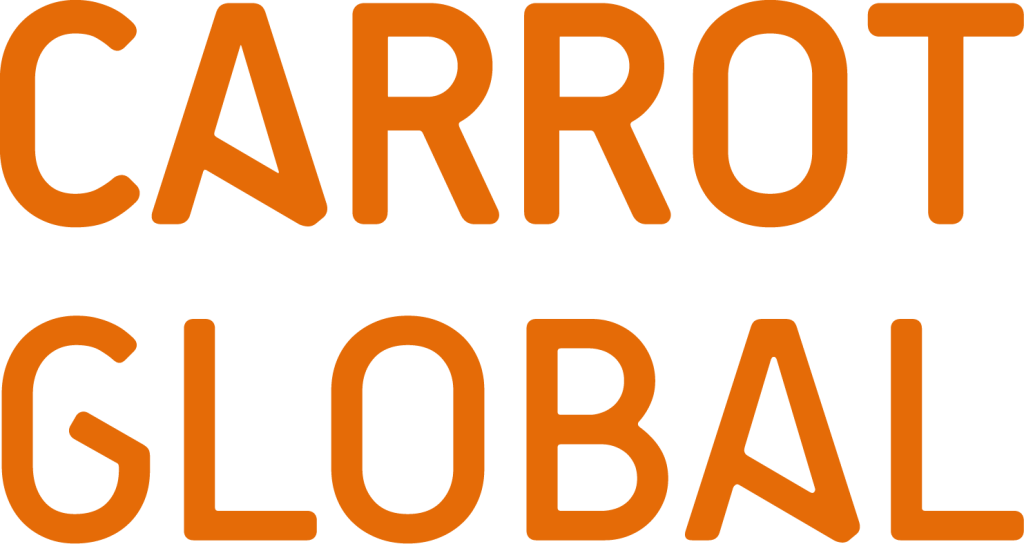Develop The Characteristics of a Good Leader In Yourself & Others
What Good Leadership Looks Like
Based upon our decades of research and experience working with leaders at organizations around the world, we’ve found that the best leaders consistently possess certain fundamental qualities and skills. Here are 10 essential leadership traits.
- Integrity
Integrity is an essential leadership trait for the individual and the organization. It’s especially important for top-level executives who are charting the organization’s course and making countless other significant decisions. Our research has found that integrity may actually be a potential blind spot for organizations, so make sure your organization reinforces the importance of honesty and integrity to leaders at various levels.
- Delegation
Delegating is one of the core responsibilities of a leader, but it can be tricky to delegate effectively. The goal isn’t just to free yourself up — it’s also to enable your direct reports to grow, facilitate teamwork, provide autonomy, and lead to better decision-making. The best leaders build trust in the workplace and on their teams through effective delegation.
- Communication
Effective leadership and effective communication are intertwined. The best leaders are skilled communicators who are able to communicate in a variety of ways, from transmitting information to inspiring others to coaching direct reports. And you must be able to listen to, and communicate with, a wide range of people across roles, geographies, social identities, and more. The quality and effectiveness of communication among leaders across your organization directly affects the success of your business strategy, too.
- Self-Awareness
While this is a more inwardly focused trait, self-awareness and humility are paramount for leadership. The better you understand yourself and recognize your own strengths and weaknesses, the more effective you can be as a leader. Do you know how other people view you or how you show up at work? Take the time to learn about the 4 aspects of self-awareness and how to strengthen each component.
- Gratitude
Being thankful can lead to higher self-esteem, reduced depression and anxiety, and better sleep. Gratitude can even make you a better leader. Yet few people regularly say “thank you” in work settings, even though most people say they’d be willing to work harder for an appreciative boss. The best leaders know how to show gratitude in the workplace.
- Learning Agility
Learning agility is the ability to know what to do when you don’t know what to do. If you’re a “quick study” or are able to excel in unfamiliar circumstances, you might already be learning agile. But anybody can foster and increase learning agility through practice, experience, and effort. After all, great leaders are really great learners.
- Influence
For some people, “influence” feels like a dirty word. But being able to convince people through the influencing tactics of logical, emotional, or cooperative appeals is an important trait of inspiring, effective leaders. Influence is quite different from manipulation, and it needs to be done authentically and transparently. It requires emotional intelligence and trust.
- Empathy
Empathy is correlated with job performance and is a critical part of emotional intelligence and leadership effectiveness. If you show more inclusive leadership and empathetic behaviors toward your direct reports, our research shows you’re more likely to be viewed as a better performer by your boss. Plus, empathy and inclusion are imperatives for improving workplace conditions for those around you.
- Courage
It can be hard to speak up at work, whether you want to voice a new idea, provide feedback to a direct report, or flag a concern for someone above you. That’s part of the reason courage is a key trait of good leaders. Rather than avoiding problems or allowing conflicts to fester, having courage enables leaders to step up and move things in the right direction. A workplace with high levels of psychological safety and strong conversational skills across the organization will foster a coaching culture that supports courage and truth-telling.
- Respect
Treating people with respect on a daily basis is one of the most important things a leader can do. It will ease tensions and conflict, create trust, and improve effectiveness. Creating a culture of respect is about more than the absence of disrespect. Respectfulness can be shown in many different ways, but it often starts with simply being a good listener who truly seeks to understand the perspectives of others.
Our 3 Core Beliefs About Leadership & Leadership Development
At the Center for Creative Leadership (CCL)®, we’ve been researching the qualities of a good leader and the role of leadership for over 5 decades. Here are 3 of our core beliefs about good leaders and effective leadership.
- Good leaders are made, not born.
First, we believe that leaders are made, not born. Put another way we believe that leadership is a skill that can be developed. Good leaders are molded through experience, continued study, and adaptation. So you can strengthen any of these 10 characteristics of a good leader, if you’re open to growth and you put in the time and effort toward self-improvement. Similarly, organizations can help their people hone these leadership qualities by providing ample opportunities for training, offering support for learning from challenges, and by using experiences to fuel development.
2. Collaboration builds stronger leaders.
It’s also essential to recognize that leadership is a social process. It’s less about one strong or charismatic individual, and more about a group of people working collectively to achieve results together. If you demonstrate several of the characteristics of a good leader, but fail to grasp this key point, chances are you won’t get very far on your own. You may be well-liked and respected, but it will be challenging to accomplish team or organizational goals. At CCL, we like to say that the outcomes of leadership are about creating direction, alignment, and commitment, or DAC, within a group.
3. Good leadership never stops.
Also, we believe that leadership isn’t a destination, it’s a journey — it’s something that you’ll have to work at regularly throughout your career, regardless of what level you reach in your organization or what industry you are in. Different teams, projects, and situations will provide different challenges and require different leadership competencies to succeed. So you will need to be able to continue to apply these leadership characteristics in different ways throughout your career. Just continually keep learning and growing, and you’ll be an agile learner with a long career.
We Can Help You Develop the Qualities of a Good Leader
Organizations can strengthen leadership qualities and foster deeper levels of engagement at work through providing a variety of on-the-job learning experiences, mentoring, and formal development opportunities. At CCL, we have many award-winning leadership solutions with clients around the world, and we’d be honored to work with you and your organization as well.
But individuals don’t have to wait to begin strengthening these characteristics of a good leader within themselves. If you decide you want to work proactively on developing your leadership characteristics and skills, download our action guide & visual summary of this content. And get our tips on how to convince your boss to make an investment in you and your future. We’re here to support you every step of the way on your journey to being a better leader!

